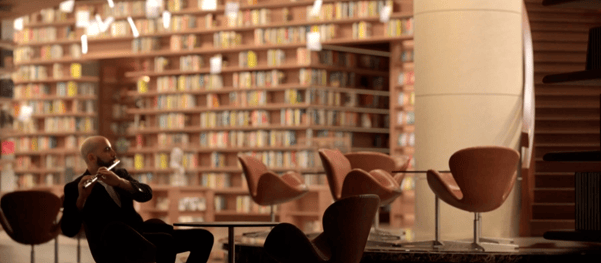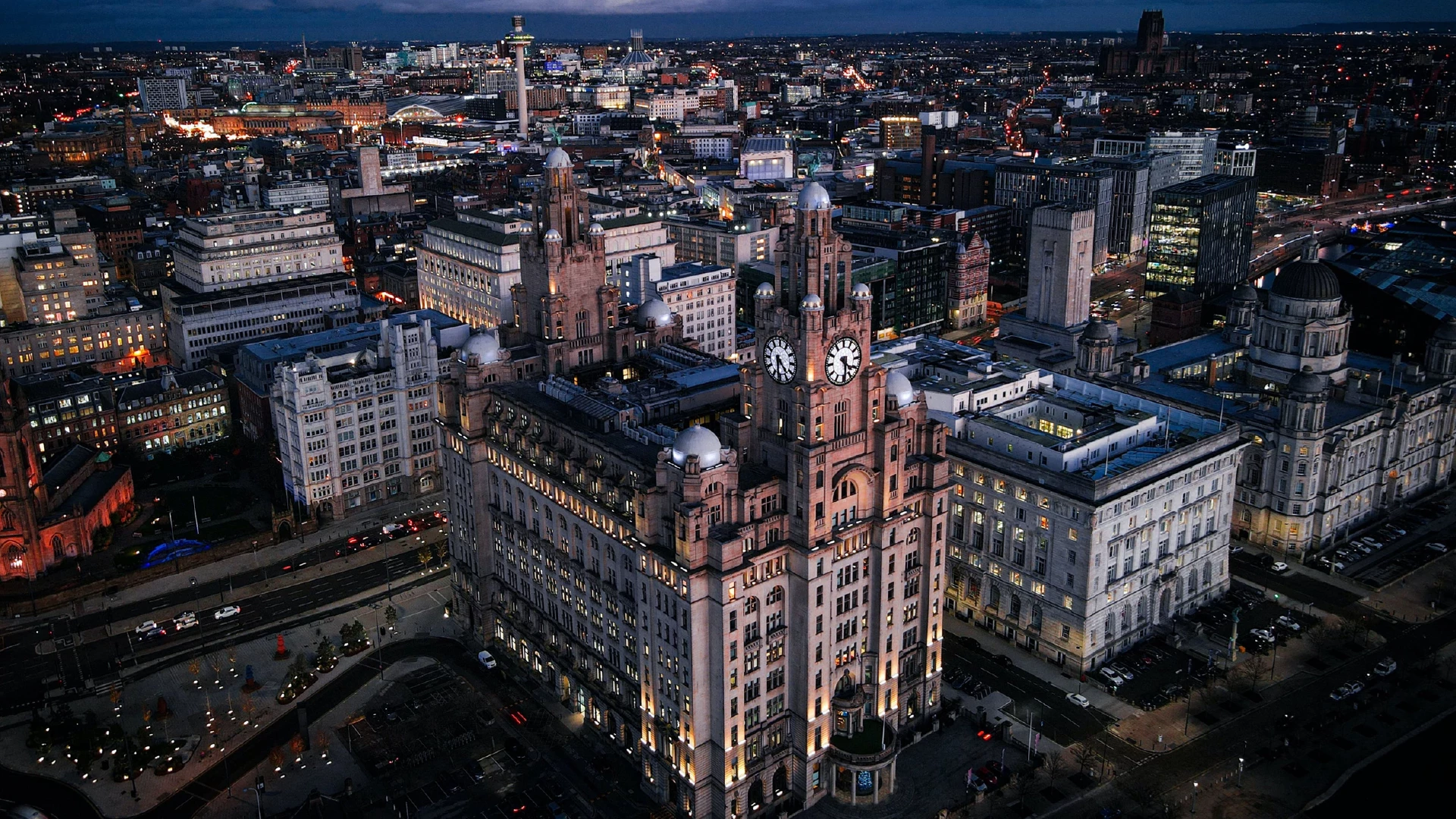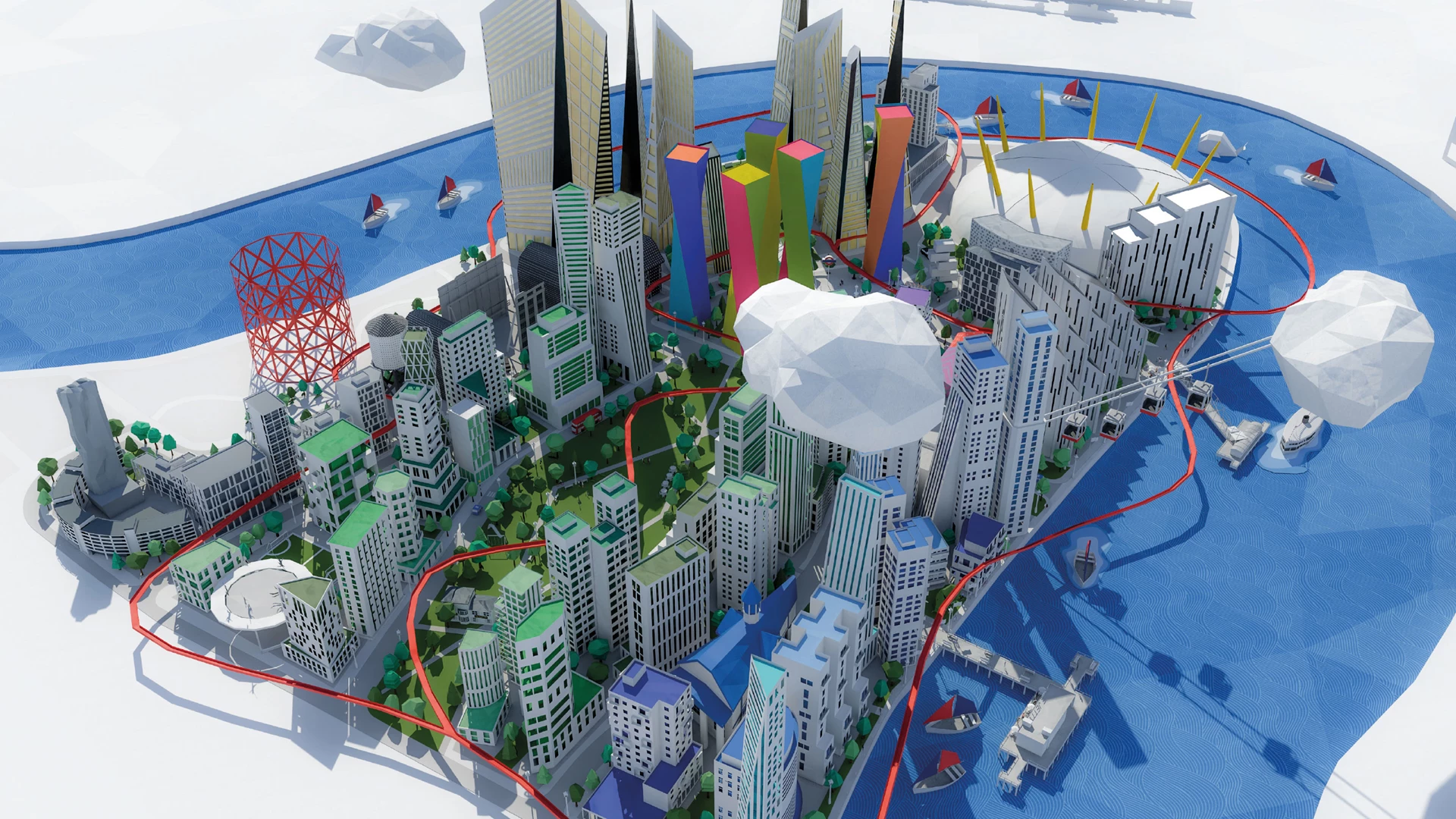Mapping the Future: 3D Maps
Why 3D maps are the ultimate tool for exploring, understanding and engaging with places and spaces.

Used by some of the world’s most forward-thinking architects and developers, 3D maps can communicate a project's benefits to multiple stakeholders across the entire development timeline. Whilst they could be perceived as a ‘nice to have’, used in the right way – and to their full potential, they drive engagement, approval and investment far more effectively than traditional approaches.
Read on to discover more…
1. Simplify the complex
Masterplans are often large, complex, interconnected spaces which can be difficult to understand.
This multi-layered complexity can be difficult to communicate with imagery and films alone, but enabling people to explore in 3D promotes a much greater spatial understanding.
By simplifying the complex, virtual maps provide the context where other communication tools may struggle. Users can explore a masterplan as if they were there in person, connecting spaces that otherwise may have been hard to comprehend in 2D. Representing one of the most cutting-edge tools in a developer’s arsenal and offering a unique way to present properties, places, and concepts in a highly immersive format – anytime, anywhere.
Users can interact with buildings and the public realm, explore surrounding areas, understand connectivity to landmarks and access detailed information, all through a single, integrated tool. Picture the development surrounded by early morning joggers, observe traffic patterns at rush hour, or visualise a tranquil evening setting, all in vivid, dynamic detail.
It’s proven that exploring content in 3D (physically or digitally) promotes far greater memorability, and with innovation in technology emerging every day, there are unlimited uses for immersive experiences.

2. Drive early engagement and stakeholder buy-in
Transcending language, culture, and technical expertise, a digital map can align all potential stakeholders under one clear vision while capturing their imagination. Different audiences are interested in different information, and this information changes regularly.
With a digital map, updates can be made as the development progresses, keeping audiences informed and engaged. Immersive elicits a 27% higher emotional engagement than a 2D environment, with viewers engaged 34% longer than viewing in 2D.
Harnessing all of the benefits of a physical model, with the additional advantage of being able to augment with multiple layers of information. Whether the goals are marketing, planning approval or public consultation, a smart layering system can relay key information in a clear, visual way. Examples of layers could include scale, sustainability, key views or cultural landmarks - appearing as points on the map, organised by category, showing what’s relevant to different audiences, from investors to visitors.
By crafting a sense of place that is believable, addressing any potential concerns and providing inspiration, a well-executed online brand world such as this can unlock a development’s potential. It will quickly build excitement, encourage investors from anywhere in the world, as well as help secure all-important planning permission.
3. Clear market differentiation
Investing in a 3D map places your brand at the forefront of innovation in the virtual world, setting you apart from the competition.
It’s a unique place to curate your story so that users can immerse themselves in the development, understand it and form an emotional attachment to it. Helping paint the vision of a place but also curate the feeling of a space. To tenants, visitors and residents, clear visualisation of how they will use the space sets you apart from the crowd. What’s more, this can all be done from the comfort of their homes, on their lunch breaks, and directly from their phones.
A 3D map is not just a visual aid; it's an emotional bridge, linking property with its place and purpose.
A content hub for hosting films, photo galleries and written ideas. One with the ability to update, to reflect development progress, landscaping changes or occupancy rates.
An investment that keeps on giving
All these benefits don’t have to end once the development is complete. A virtual map’s adaptability makes it an investment that evolves alongside your project, showcasing what’s present but also what’s on the horizon.
The 3D map can be used to foster a sense of community, promote live events, run seasonal campaigns or as a way to remind people of the benefits that are on their doorstep. Once your map is set up and running the main investment is complete, and it can then be cost-effectively modified and brought to life in different ways again and again.
Essentially, an online map is an engaging tool that sits at the crossroads of planning, property and place, and presents it in a dynamic and fun way – moving people to act, wherever they are in your development journey.
It’s the ultimate experience of what’s on offer, that makes exploring, understanding and engaging with projects easy and fun. To simplify the complex, and communicate your vision not only gets people to invest in your property, but to invest in your brand.
Interested in learning how they could transform your business? Get in touch with Mark Lee or take a look at OrbitT

.webp)





